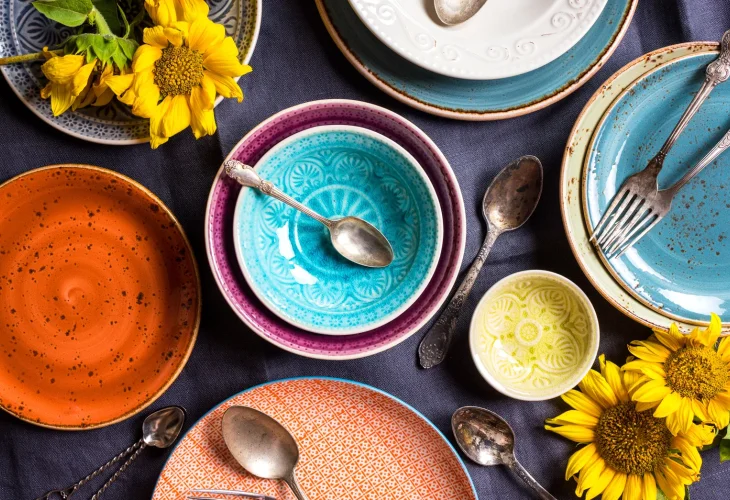Health and Nutrition
The Surprising Impact of Plate Color on Taste and Eating Habits
Research finds that plate colors can influence how we perceive flavor, especially among picky eaters
 (Photo: shutterstock)
(Photo: shutterstock)While this may surprise you, the color of your plate can influence how you perceive taste — particularly for those considered "picky eaters". A study conducted by the Department of Psychology at the University of Portsmouth, UK, focused on how colors impact eating behavior, specifically in relation to picky eating. This behavior can lead to nutritional deficiencies and social challenges, such as family mealtime stress.
The study involved 47 adults, including 20 picky eaters and 27 non-picky eaters. Each participant sampled identical potato chips served on plates of different colors: red, blue, and white. The results revealed that plate color significantly influenced taste perception, but only among the picky eaters. They reported the chips as tasting saltier when served on red and blue plates, with red plates being the least preferred. In contrast, non-picky participants showed no difference in taste experience regardless of plate color.
Additional research has found similar results. At Federation University in Australia, studies found that coffee was perceived as sweeter when served in blue cups, and a strawberry dessert tasted better when presented on a round white plate. These findings suggest that the color of tableware is a simple yet effective tool for influencing dining experiences.
The implications of plate color extend beyond nutrition, and also affect social dynamics. Picky eating can create tension during family or social meals, where the picky eater feels pressured to eat foods they dislike. A potential solution to enhance the eating experience is to change the color of the tableware, which has been shown to positively influence taste perception. “It’s not just a gimmick,” researchers note. “The color of the plate has a significant impact on how we experience food.”
The influence of color on taste perception is not a new phenomenon. Many studies have demonstrated that our eyes play a crucial role in how we perceive flavors. The color of food or serveware not only affects emotional responses but also triggers physiological reactions. For instance, colors like red and yellow can enhance the perception of taste, while blue — rare in natural foods, affects taste perception differently. In fact, studies found that even professional milk tasters couldn’t differentiate fat levels in milk when they were unable to see its color, highlighting that visual cues often outweigh actual taste.

